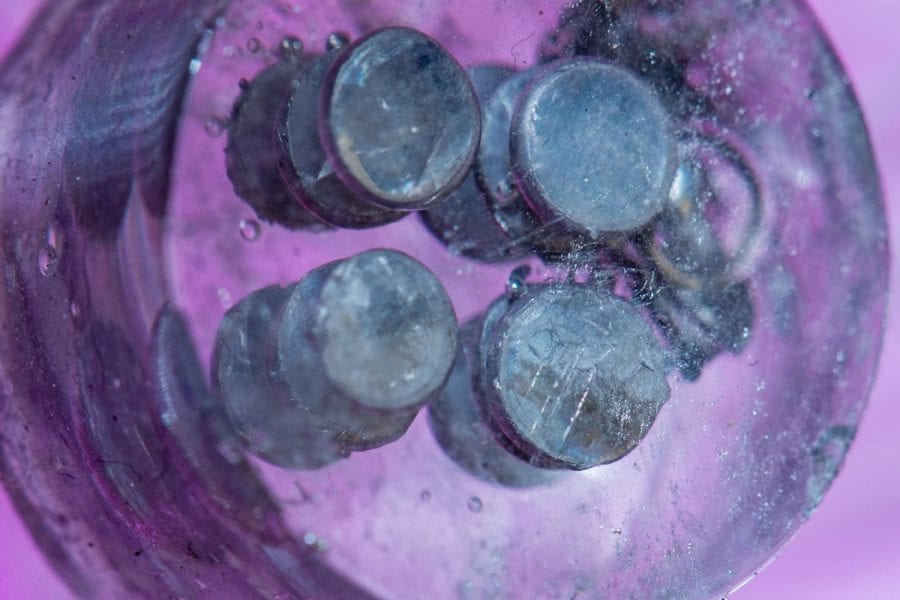Researchers from Rice University, Houston, and Aerospace Engineering Indian Institute of Science, Bangalore, studied how encapsulated droplets of gallium liquid increased the stiffness of an elastomer. The starting point was to answer the question whether it is possible to add something soft inside a soft material to achieve a composite that provides required mechanical stiffness and strength.
When looking at nature, there are plenty of examples with exactly these requirements, as e.g., the invertebral discs in the spinal cord or deep sea animal skin or lungs. Owuor et al. could show in their publication in Advanced Materials Interfaces that it is possible to design composites with high stiffness and enhanced dynamic energy absorption. The researchers from the laboratories of Professor Pulickel Ajayan and Professor Lou chose polydimethylsiloxane (PDMS) as the soft matrix and liquid gallium for inclusion experiments. Finite element modeling and hydrodynamic simulations was used for analyzing how the materials behaved under mechanical stress.
The modeling analyses conducted in the laboratory of Professor Mahapatra revealed that the basic deformation mechanism is governed by hydrostatic stress causing shape change of the liquid inclusion in large deformation regime and strain hardening of a soft polymer matrix. Furthermore, dynamic viscoelasticity and fluid motion also play a significant role. Pockets of liquid gallium led to higher energy absorption and dissipation characteristics of the composite compared with PDMS. This finding is an unprecedented phenomenon, because classical composite theories will predict lower stiffness when adding liquid inclusions to a soft material.
This work may form a basis for the development of new multifunctional materials. In addition, such types of composites will find wide application as high energy absorption materials or shock absorbers.

















